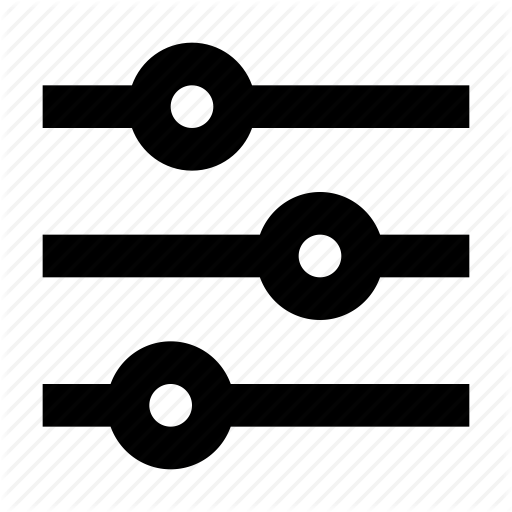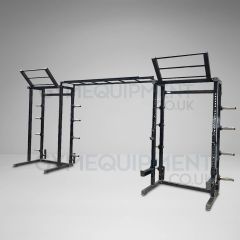Squat Racks & Stands
Explore the collection of squat racks and stands at GymEquipment.co.uk. The squat rack is simply a solid metal frame that allows you to place an Olympic bar at exactly the right height for you to then lift onto your shoulders, in order to perform squats. GymEquipment.co.uk features a wide range of the best value squat racks from a number of brands, giving you the essentials that you need for the home or commercial environment.
Squat Rack
Squat racks are similar in design to a power rack or cage but have a smaller footprint, which is why they’re also sometimes known as a half rack. They feature four vertical posts with two movable horizontal bar catchers on either side. It will allow you to use free weights using a barbell, however, it won't protect you like a Smith machine.
Squat stand considerations
We have a wide variety of squat racks for sale. Before buying a squat stand, there are a few considerations you’ll need to bear in mind to ensure the dimensions fit in your home or commercial gym space.
Height
First of all, you’ll want to check the height of your ceiling. A lot of squat racks come in at 2.2 or 2.4m, so you won't be able to do your pull ups unless you have at least 2.7m ceilings.
Width
Secondly, you’ll want to consider the width of the rack itself. You can get narrow width racks along with 6ft Olympic bars. We offer a selection of wall-mounted and folding squat racks if you’re worried about space.
If you want to bench press in the rack, then make sure the weight bench fits. And if you are using a bench inside the rack and will be using dumbbells, make sure there's plenty of room to drop them if they get too heavy. Some protective rubber mats or gym flooring will also be good to protect your floor.
Lifting weight
Most squat racks for sale will take up to several hundred kilos, but if you lift or want to lift heavier weights, you need to ensure the rack is commercial grade and capable of holding the additional weight. Many of our squat racks come kitted out with weights to ensure your equipment is compatible.
Hole spacing
Finally, check the spacing of the holes. These are used for placing the J-hooks (which hold the bar) and safety support arms (to catch the bar if your lift fails). A smaller gap between the holes allows for greater flexibility; anything down to 1" is fine. You will find that cheaper racks have an opening of 2" or more.
Squat rack accessories
You may want to consider some accessories to go with your half squat rack, such as dip bars, lateral pull downs, step-up platforms, or storage hooks for bars, bands, and chains.
We have a wide range of squat racks and stands on offer from top brands like Hammer Strength and Exigo, plus wooden options from NOHrD. Shop the full collection at GymEquipment.co.uk and be sure to ask about our bespoke gym design service.
















